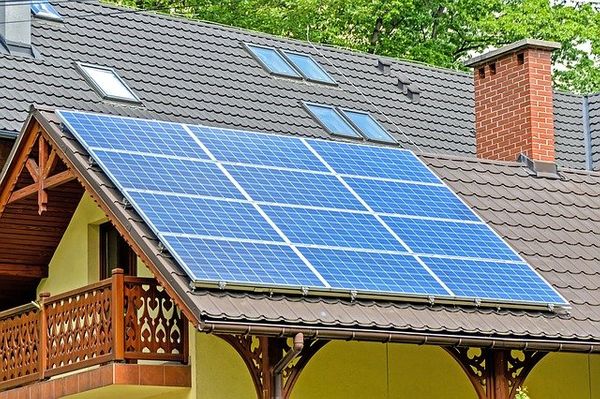Installing solar panels in your house will help you save thousands of dollars in electricity in the long run. You will also control your carbon footprint and take a step closer to sustainable living.
buy isotretinoin generic https://noprescriptionrxbuyonline.com/isotretinoin.html over the counter
However, you should know about the solar feed-in tariff, which differs considerably across the various regions of Australia. It can enhance your savings via extra energy produced in your home.
Knowing about region-wise tariffs can help you choose the best solar feed in tariff plans according to your needs. Here is a concise guide to help you understand better.
What is the Solar Feed-In Tariff?
When you use solar energy, there are chances that you might not use the entire amount of electricity generated. The residual energy goes back to the grid. The feed-in tariff is the money you make when the energy returns to the grid, calculated by a specific amount of money per kilowatt per hour. How much you will eventually earn depends on your actual location.
Types of Solar Feed in Tariffs
Solar feed-in tariffs work in two ways- the gross feed-in tariff and the net feed-in tariff. Subject to your location, you also need to qualify for your preferred tariff plan. However, these two are the principal tariff plans followed across Australia.
The differences between them are as follows.
- In the case of gross feed-in tariffs, your electricity provider, otherwise also known as a retailer, will give you credit for the entire amount of solar energy that your system produces and returns to the grid. However, you will also have to pay for the actual amount of energy you use. This is more common across the Australian Capital Territory and Northern Territory.
- On the other hand, in net feed-in tariffs, you will only be credited for the amount of electricity going back to the grid after using the electricity you need for your daily requirements in a given period. If the electricity generated by the system you opted for is not enough to meet that requirement, you will be charged for the excess electricity you use from the grid. This feed-in tariff plan is more commonly used in Queensland, New South Wales, Tasmania, and Victoria.
Also Read: 4 Reasons Why Solar Energy is the Need of the Hour
How to Know Which is the Best Solar Feed-in Tariff?
It can be a little hard to ascertain which is the best feed-in tariff at the very beginning. Your requirements will play a pivotal role and the various plans offered by the retailers and the laws of your state.
It depends on whether the service provider will offer the minimum or maximum feed-in rates proposed by the region’s government.
buy Pepcid generic https://rxbuyonlinewithoutprescriptionrx.net over the counter
Hence, it would help if you tried to find out about the present rate per kilowatt in your locality, whether you can avail any discounts and how much you would have to pay for supply charges. This rate will also vary from state to state. You could also be charged exit fees, demand charges, and subscription fees based on your location.
You can opt for flat-rate plans, block rate plans, or choose to pay according to time of use. Some service providers might also charge you depending on the upgraded technology to bring the electricity to you. A cumulative amount can help you reach a decision.
If you are new to using solar energy, then solar feed-in tariffs can seem a bit overwhelming at first, but it is not. You get access to clean energy and save a considerable amount of money later. Try to compare tariffs and rates through a reputed website which will give you a lowdown of the various charges and help you compare rates, and you can select the best solar feed-in tariff plan.


